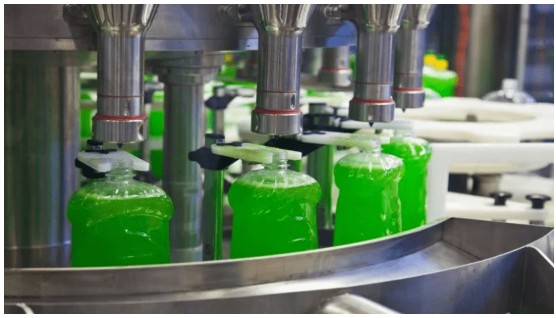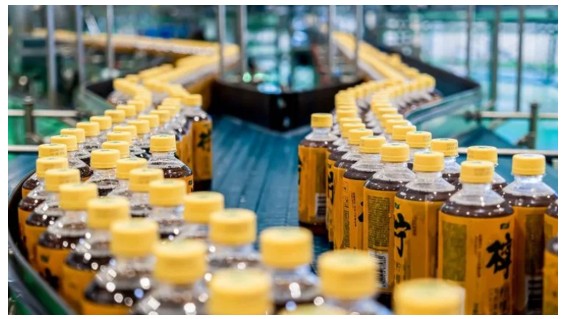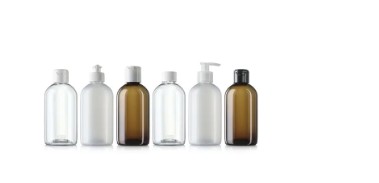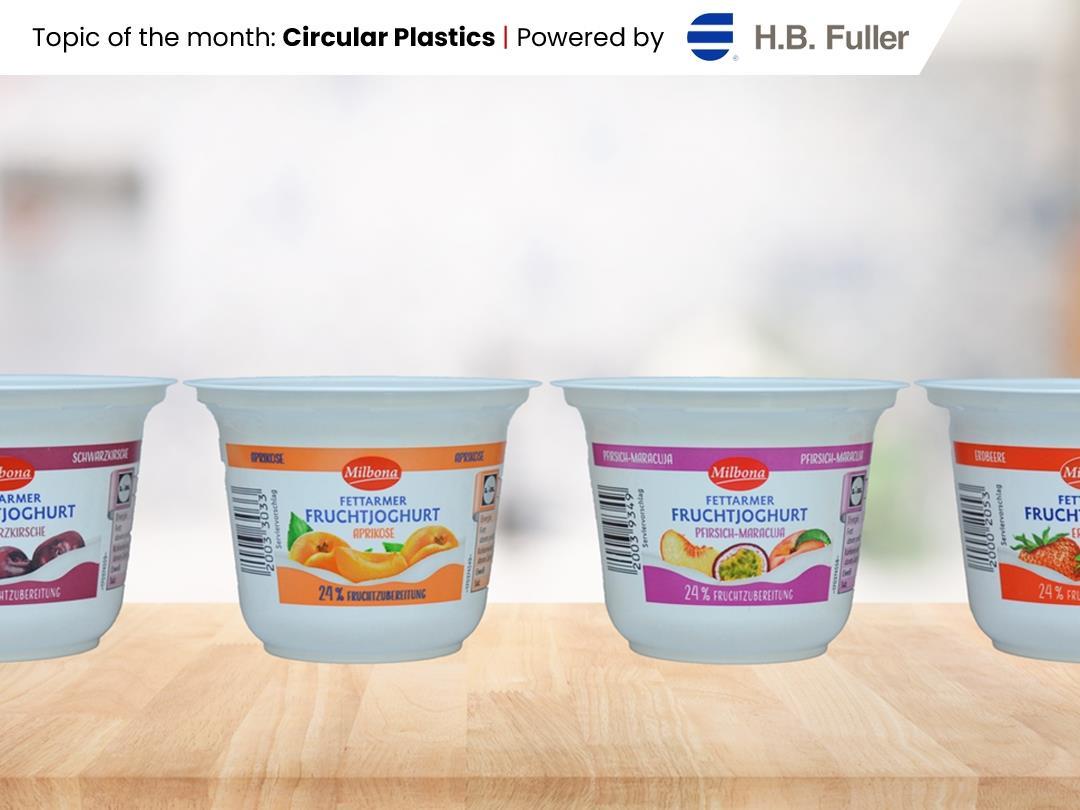Cosmetics producer L’Oréal has partnered with LanzaTech and Total to create the world’s first bottle made from captured and recycled carbon emissions.
The conversion process takes place in three steps. First, LanzaTech captures industrial carbon emissions and converts them into ethanol using a unique biological process.
Next, thanks to an innovative dehydration process jointly developed with IFP Axens, Total converts the ethanol into ethylene before polymerizing it into polyethylene that, according to the company, has the same technical characteristics as its fossil counterpart.
L’Oréal then uses this polyethylene to produce packaging that reportedly has the same quality and properties as conventional polyethylene.
LanzaTech’s CEO, Jennifer Holmgren, said: “This partnership is based on a shared goal of creating a cleaner planet for everyone. We are grateful to both L’Oréal and Total for their commitment to reducing the carbon intensity of their activities.
“Together, we can reduce the carbon footprint of packaging by converting carbon emissions into useful products, making single-use carbon a thing of the past.”
Senior vice president of polymers at Total, Valérie Goff, added: “This partnership is an excellent example of collaboration between industrial firms in developing the plastics of the future produced from recycled carbon and meets a strong demand from our customers.
“The development of this new pathway of valuing industrial carbon emissions also contributes to the Group’s commitment to get to net zero in Europe by 2050.”
Jacques Playe, packaging and development director at L’Oréal, said: “L’Oréal is constantly improving the environmental footprint of its packaging. With this innovation converting carbon emissions into polyethylene, we aim to develop new sustainable packaging solutions.
“We have the ambition to use this sustainable material in our bottle of shampoo and conditioner by 2024 and we hope other companies will join us in using this breakthrough innovation.”
Looking ahead, the partners intend to continue working together on scaling the production of these sustainable plastics.







